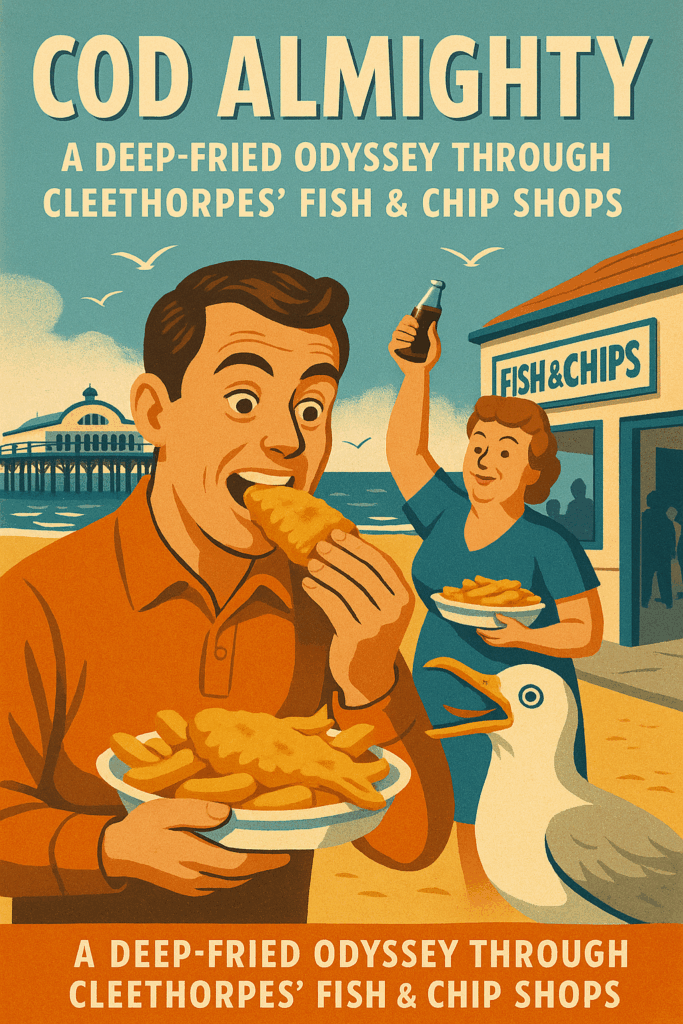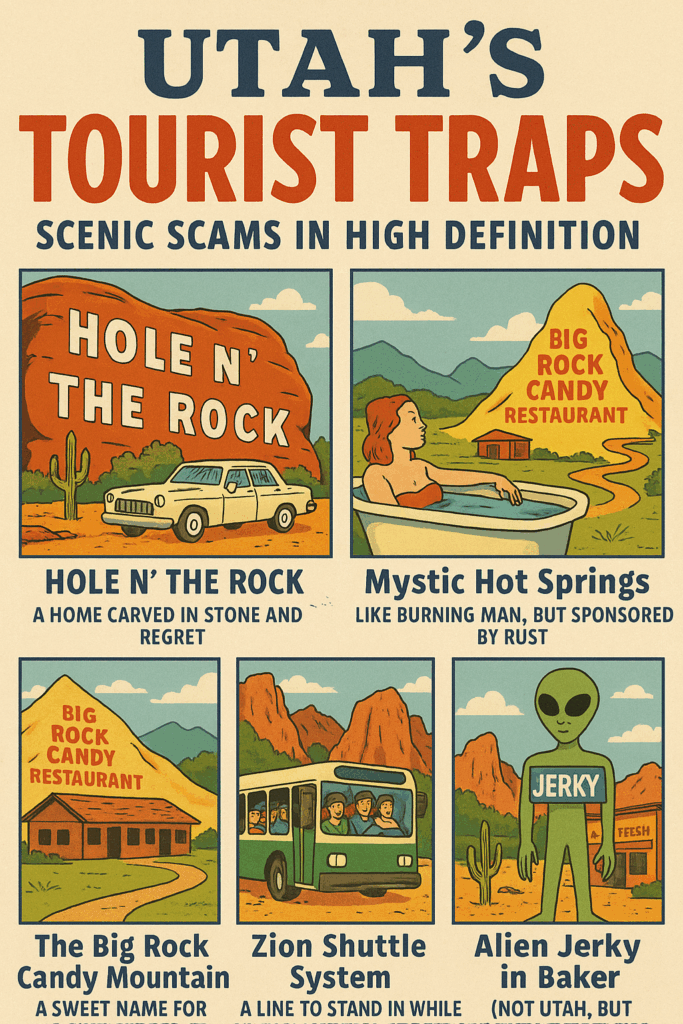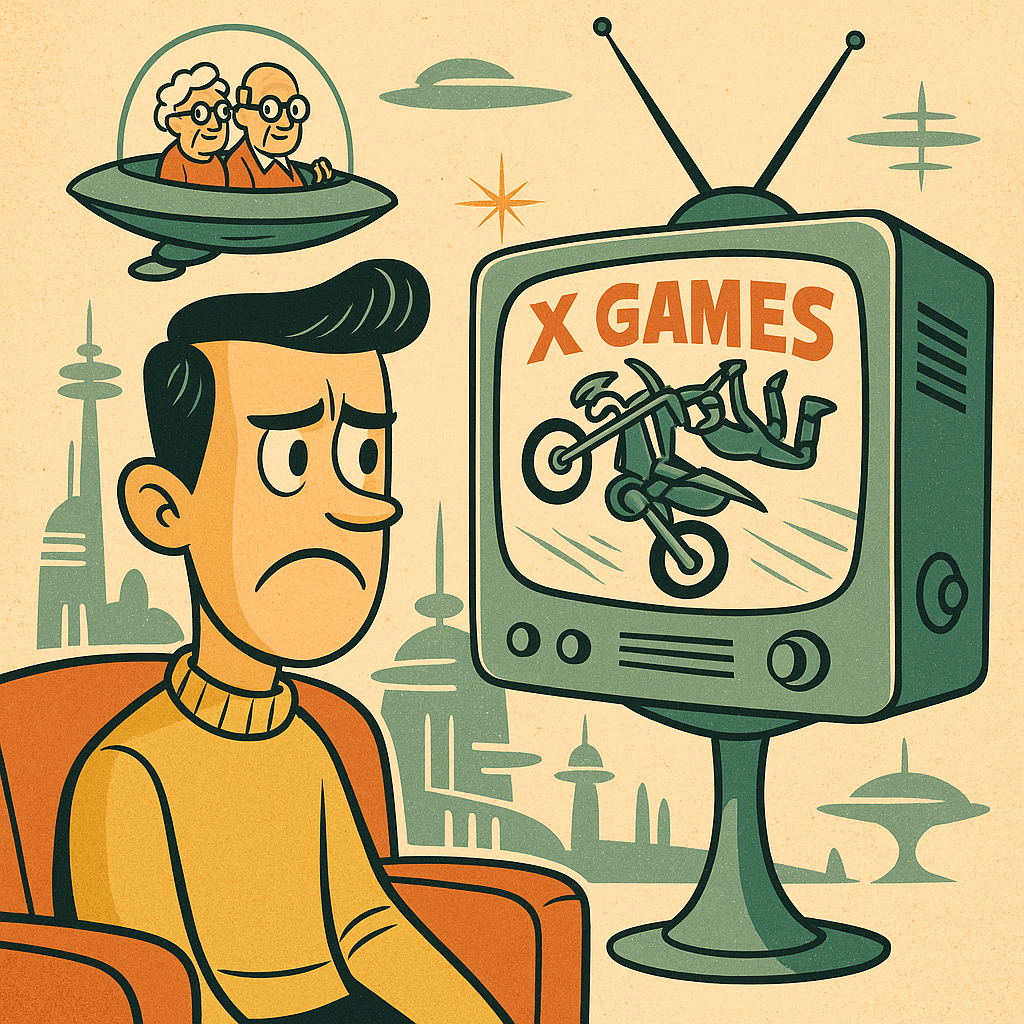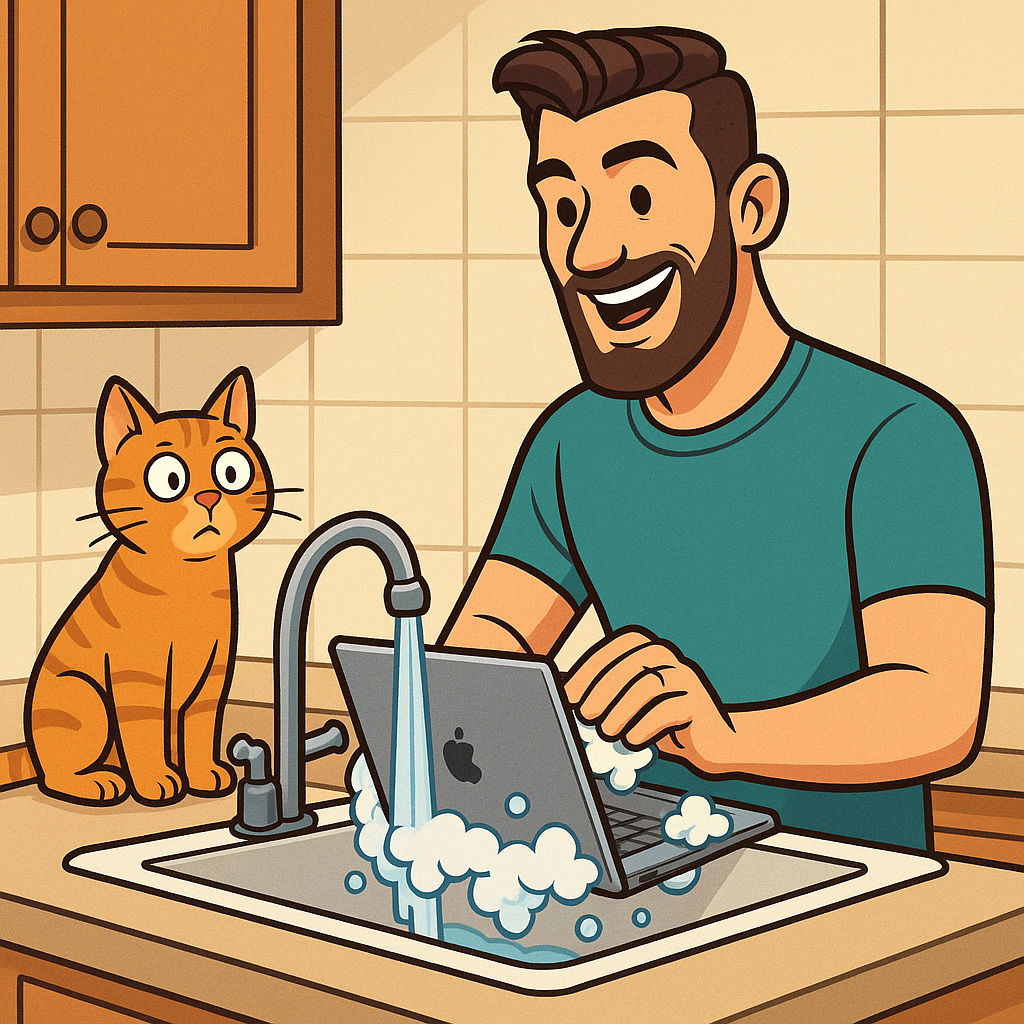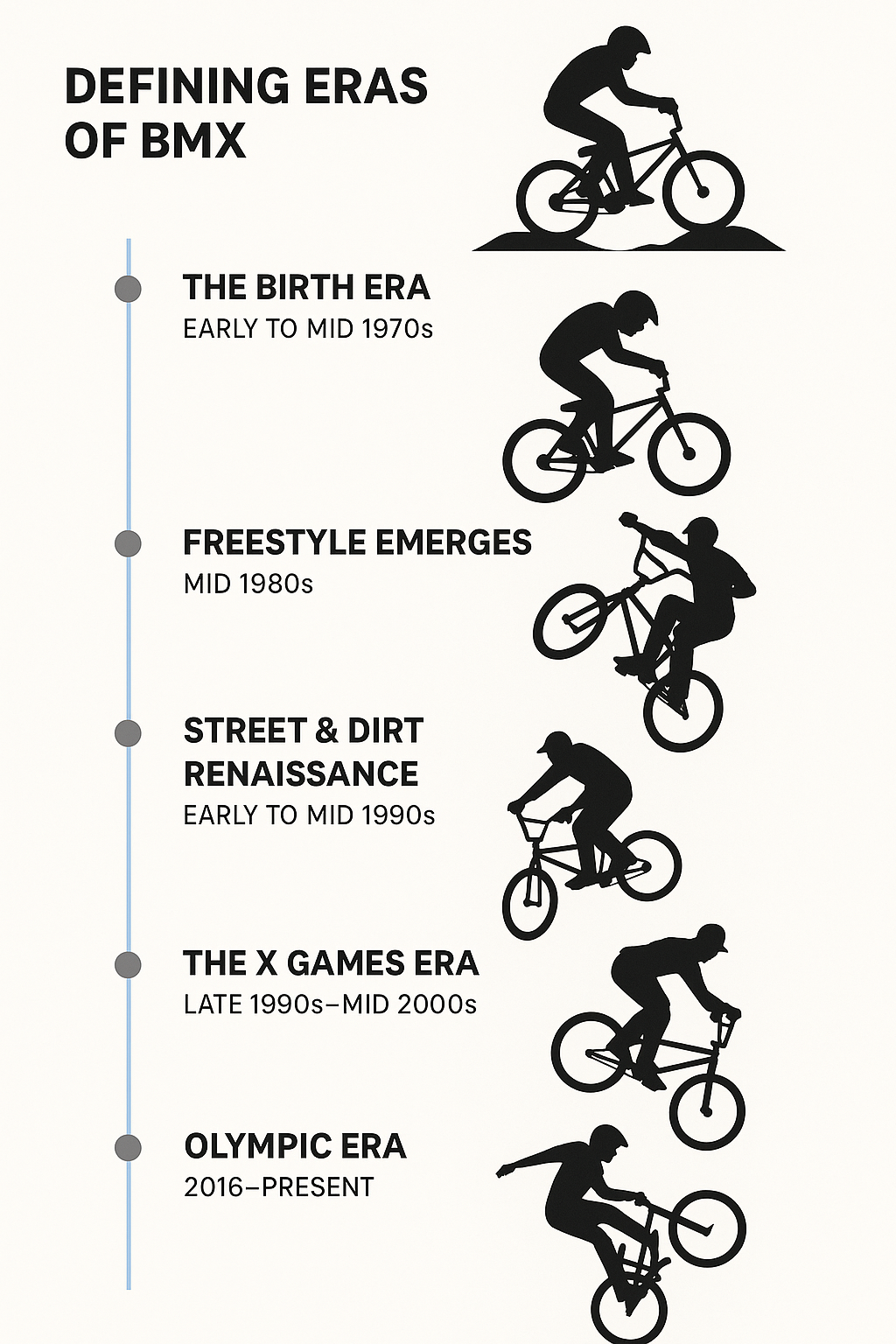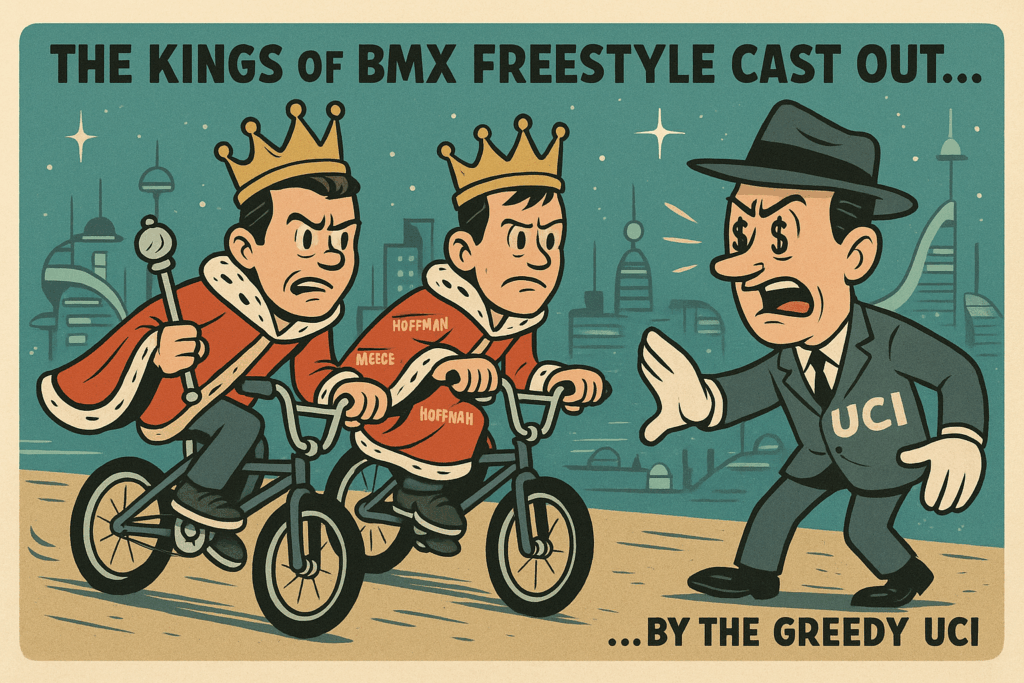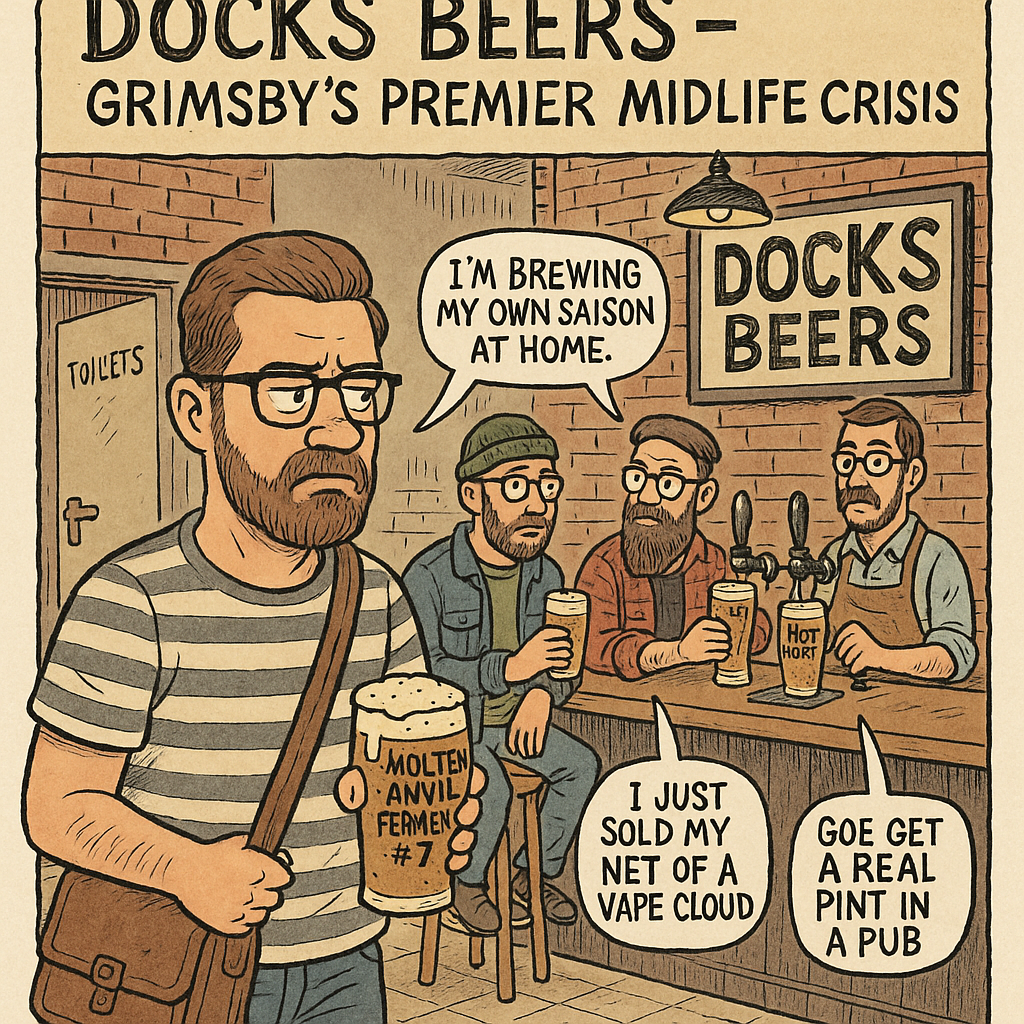
Ah, Docks Beers, the glittering jewel in the reclaimed-industrial-crown of Grimsby-that-isn’t-Grimsby. Nestled just far enough from the actual docks to avoid any real sense of danger or authenticity, this polished concrete cathedral to craft beer offers a safe space for the modern man to wear rolled-up jeans and pretend his beard is a personality.
Let’s be honest: Docks Beers isn’t just a brewery. It’s a rehab centre for men who once bought a rusted-out Vespa and thought, “I’ll restore it one day.” That day never came. But what did come? A whole new identity based on buying obscure Polish lagers with pineapple infusions and pretending they enjoy the taste.
You’ll find them there, leaning on reclaimed wood bars, sipping “Hop Hustle” or “CryoClash 3000” like they’re drinking the blood of rockstars—while talking about that one time they nearly started a podcast about music and fatherhood.
These are the heroes of mediocrity, the warriors of warm IPAs, the men who peaked when someone on Reddit said, “That shelf you made out of scaffolding poles is sick, mate.” Their pints are as overpriced as their self-worth, and both are brewed with a hint of nostalgia and a strong aftertaste of “should’ve stuck with IT.”
The bar is so full of mismatched chairs and faux-industrial fixtures that you’d be forgiven for thinking you were at an IKEA display titled: “Gentrification: The Experience.” The urinals smell like freshly printed CVs and broken dreams. Honestly, the toilets are so clean you could cry into your career change, but you won’t—because someone might think it’s artistic.
Let’s not forget: despite the name, Docks Beers is not on the docks—just like Grimsby Town FC isn’t in Grimsby. (That’s Cleethorpes, love. We all know it.) It’s like naming a restaurant “The Forest Grill” and sticking it in the middle of a Tesco car park. But that’s the charm, innit? Authenticity is for people without Instagram.
Now, as for the beer: brewed with the kind of care and precision usually reserved for skincare routines, every drop is crafted by men who once worked in digital marketing but now wear aprons and talk about “mouthfeel.” Their hands are softer than the back of your nan’s neck, and they haven’t lifted anything heavier than a flight paddle in years.
You’ll overhear conversations like:
“Yeah, I’m brewing my own saison at home. It’s fermented with yeast harvested from Himalayan peach bark.”
“I just sold my NFT of a vape cloud to buy a second-hand record player from a bloke in Barton.”
No one laughs, but everyone nods. Respectfully. Because they all know: this isn’t a pub. This is a sanctuary for people who were never cool, trying to look like they were once interesting.
So if you find yourself at Docks Beers, clutching your man bag, sipping something called “Molten Anvil Ferment #7”, just remember—you’re not drinking beer. You’re cosplaying the version of yourself that you told someone you were on Tinder.
Now do yourself a favour:
Put down the micro-fermented mango saison, untie the flannel from your waist, and go get a real pint in a real pub. Somewhere with dart boards, broken jukeboxes, and men named Keith who smell faintly of chimney smoke and Bovril.
Because Docks Beers?
It’s not on the docks.
And it’s not a beer.
It’s a lifestyle subscription for midlife regret.
Cheers

